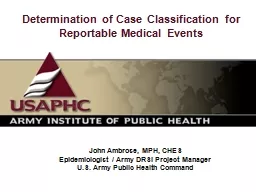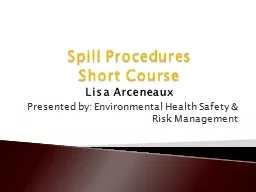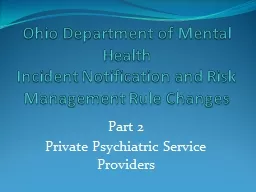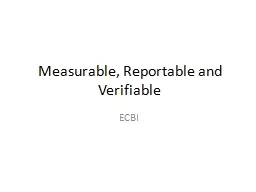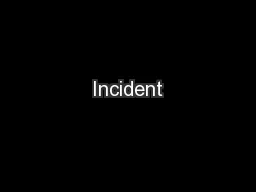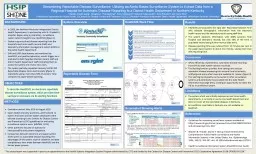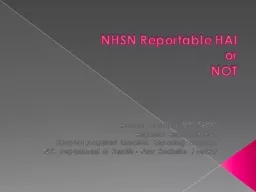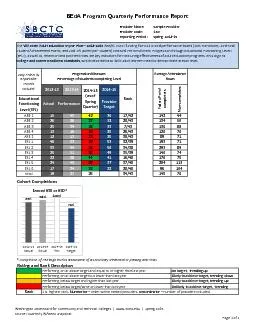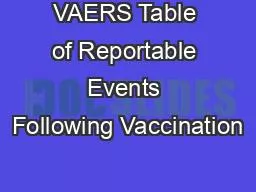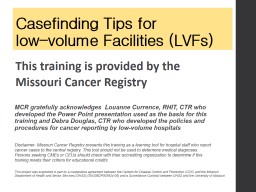PPT-Determination of Case Classification for Reportable Medical Events
Author : test | Published Date : 2019-11-20
Determination of Case Classification for Reportable Medical Events John Ambrose MPH CHES Epidemiologist Army DRSi Project Manager US Army Public Health Command
Presentation Embed Code
Download Presentation
Download Presentation The PPT/PDF document "Determination of Case Classification for..." is the property of its rightful owner. Permission is granted to download and print the materials on this website for personal, non-commercial use only, and to display it on your personal computer provided you do not modify the materials and that you retain all copyright notices contained in the materials. By downloading content from our website, you accept the terms of this agreement.
Determination of Case Classification for Reportable Medical Events: Transcript
Download Rules Of Document
"Determination of Case Classification for Reportable Medical Events"The content belongs to its owner. You may download and print it for personal use, without modification, and keep all copyright notices. By downloading, you agree to these terms.
Related Documents

